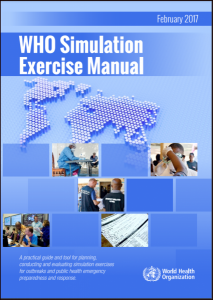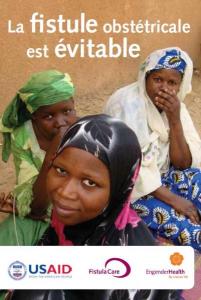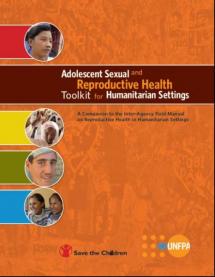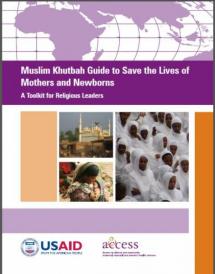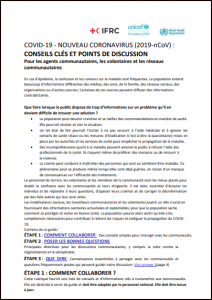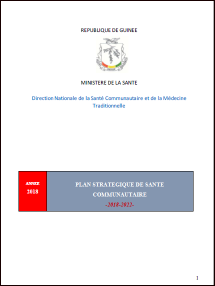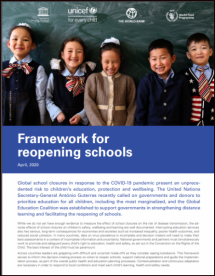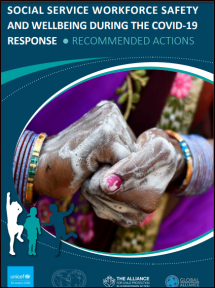WHO Simulation Exercise Manual
A simulation exercise is a form of practice, training, monitoring or evaluation of capabilities involving the description or simulation of an emergency, to which a described or simulated response is made.
Simulation exercises enable people to practice their roles and functions and can help to develop, assess and test functional capabilities of emergency systems, procedures and mechanisms to respond to outbreak and public health emergencies. They are used to identify gaps and enhance preparedness capacity for response before an actual emergency occurs.
This manual provides an overview of the different simulation exercise tools and guidelines developed and used by WHO.
Last modified: October 28, 2021
Language: Arabic, Chinese, English, French, Russian

